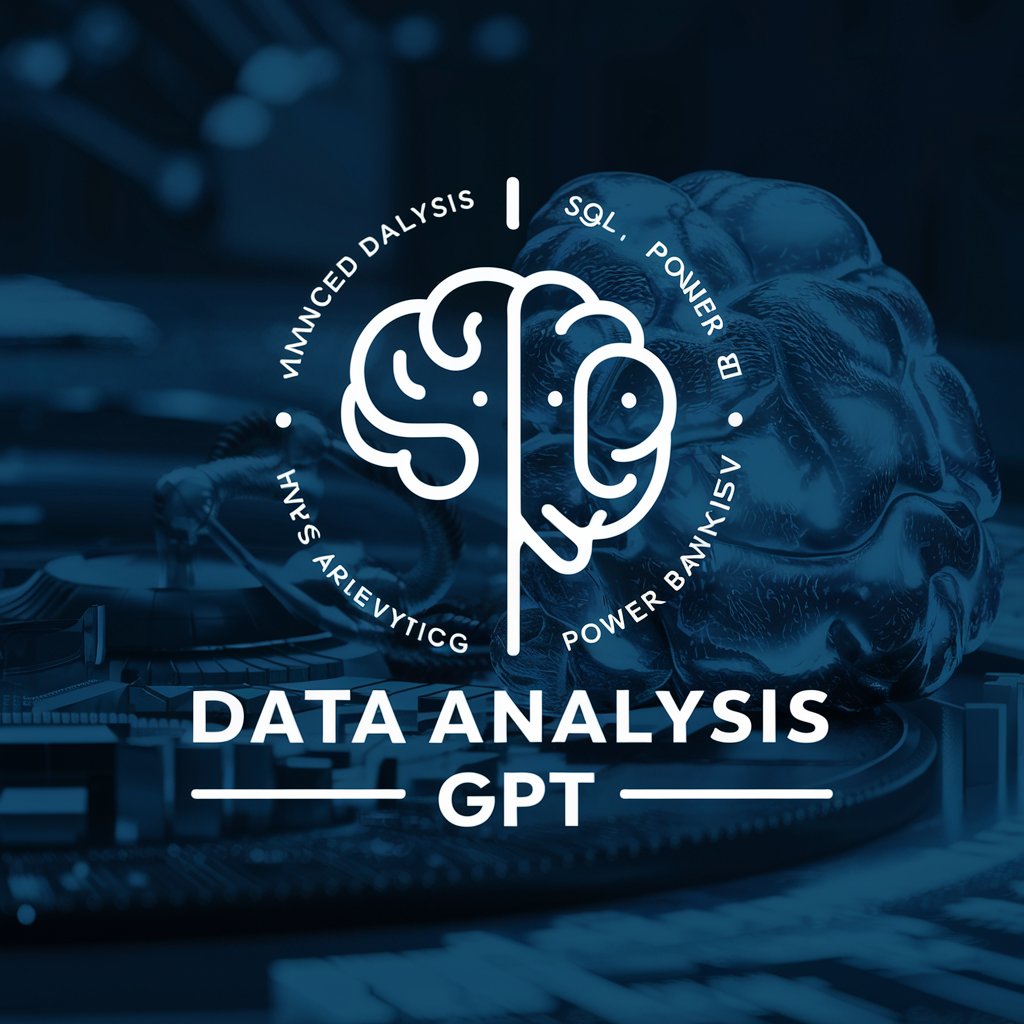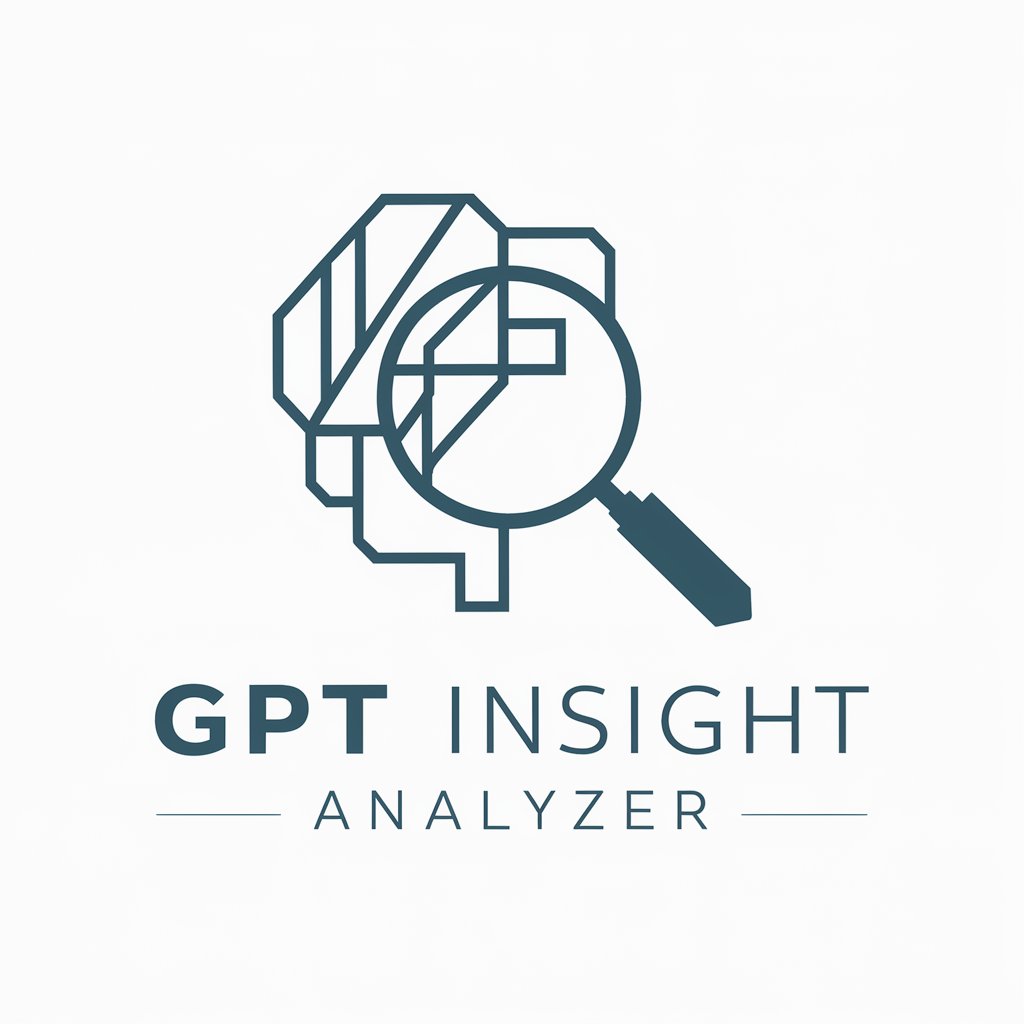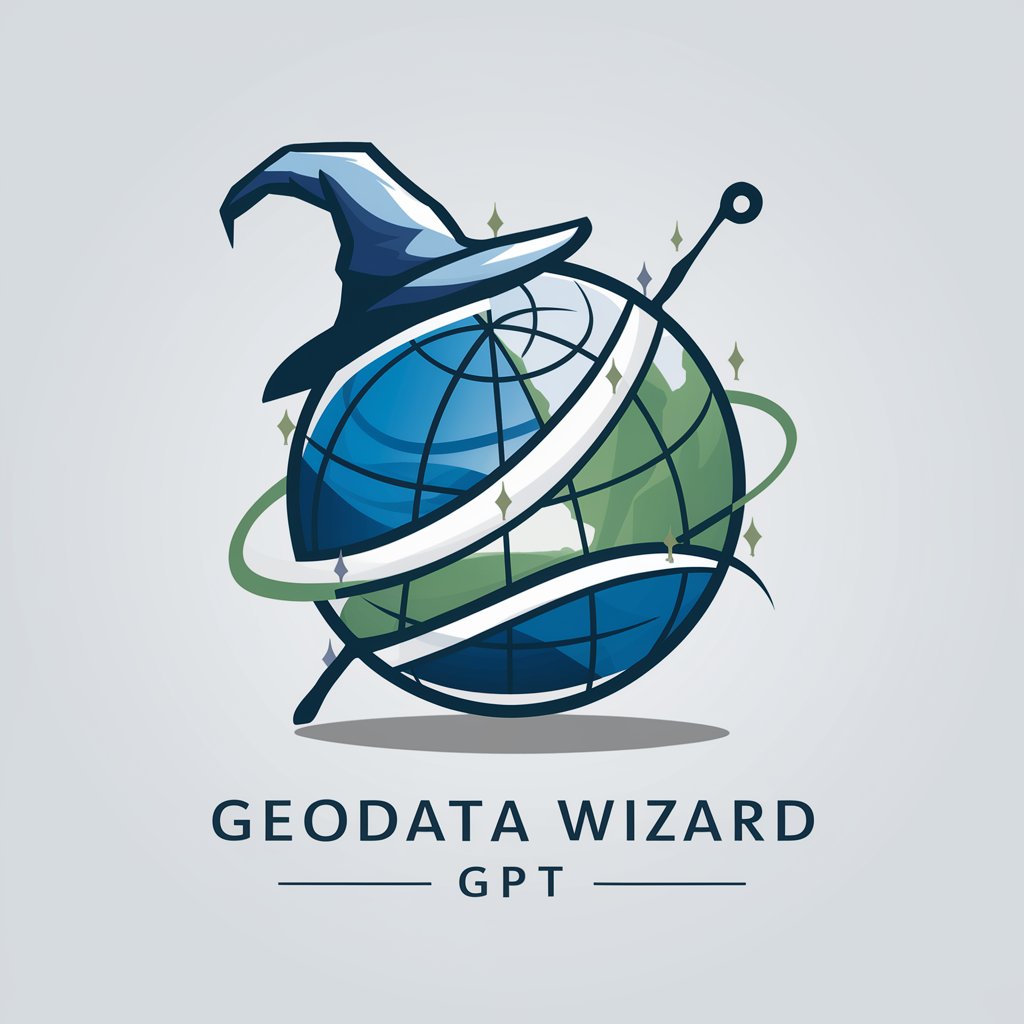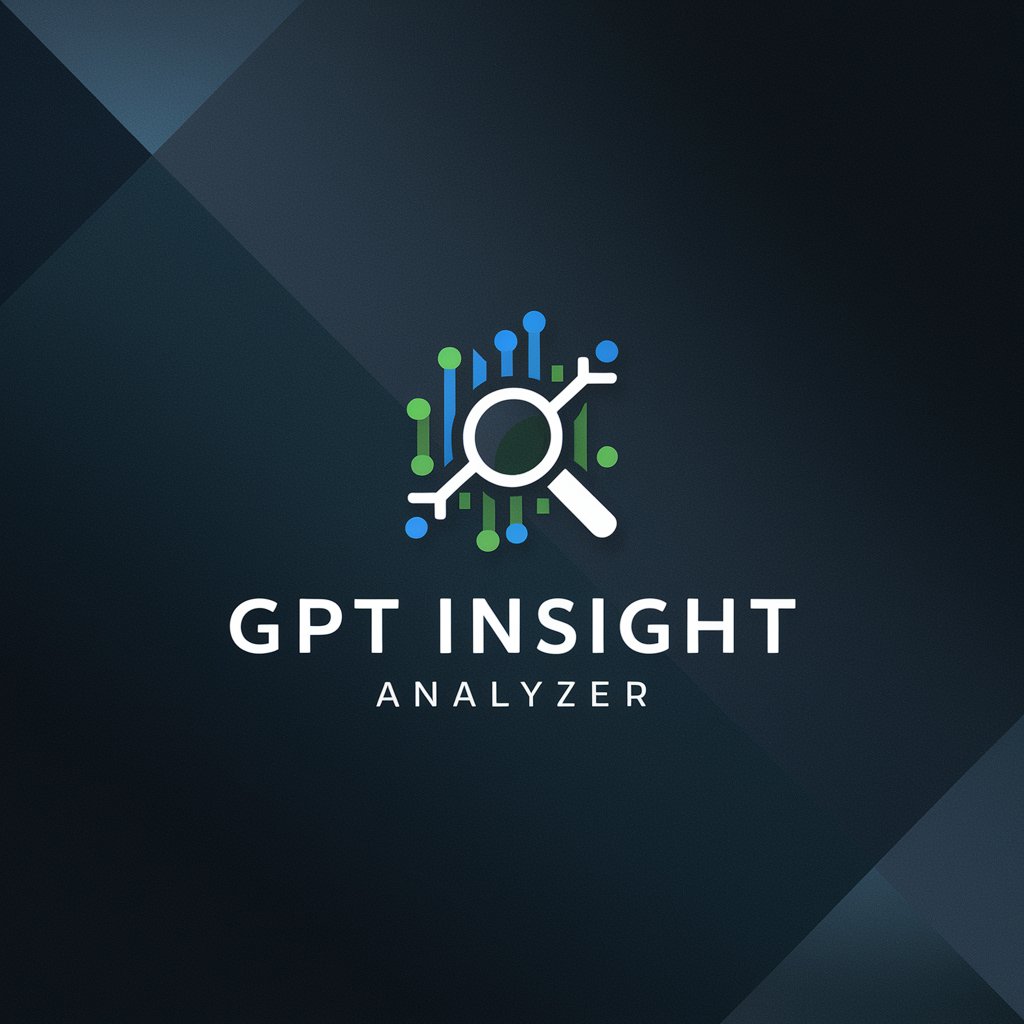
📊✨ Data Insight Navigator GPT - AI-powered data analysis

Transforming data into actionable insights with AI
Help
Daily Briefing
I Want My Own GPT!
Feedback
Generate a statistical report on sales data
Visualize the trend for monthly active users
Explain the difference between correlation and causation
Get Embed Code
Introduction to Data Insight Navigator GPT
Data Insight Navigator GPT is a specialized AI model designed to assist users in analyzing and interpreting complex datasets. It's built with the purpose of transforming raw data into actionable insights, aiding in understanding trends, patterns, and correlations. The GPT facilitates this through generating statistical reports, creating data visualizations, and conducting comprehensive data analysis. For example, it can guide a user through the process of evaluating sales data to identify peak performance periods and understand customer behavior patterns, thereby enabling data-driven decision-making. Powered by ChatGPT-4o。

Main Functions of Data Insight Navigator GPT
Statistical Analysis
Example
Calculating the mean, median, mode, and standard deviation of a dataset to summarize its central tendency and variability.
Scenario
A market researcher analyzes customer survey responses to determine the average satisfaction score and its variation among responses.
Data Visualization
Example
Creating graphs, charts, and heatmaps to visually represent data, making it easier to identify trends and outliers.
Scenario
A health data analyst visualizes COVID-19 infection rates over time across different regions to identify hotspots and trends in spread.
Predictive Modeling
Example
Using regression analysis or machine learning algorithms to forecast future trends based on historical data.
Scenario
A financial analyst predicts future stock prices based on past performance and other economic indicators.
Data Cleaning
Example
Identifying and correcting errors or inconsistencies in datasets to improve their quality for analysis.
Scenario
A data scientist preprocesses a dataset by removing outliers and filling missing values before applying a machine learning model.
Ideal Users of Data Insight Navigator GPT Services
Data Analysts and Scientists
Professionals who regularly work with large datasets and require tools for data cleaning, analysis, and visualization to extract meaningful insights.
Business Intelligence Professionals
Individuals tasked with transforming data into actionable intelligence for strategic decision-making, benefiting from predictive modeling and trend analysis.
Academic Researchers
Researchers in need of sophisticated data analysis tools to support their studies, particularly in fields like epidemiology, sociology, and economics.
Marketing Professionals
Marketing teams looking to analyze consumer behavior, campaign effectiveness, and market trends to refine their strategies and optimize ROI.

How to Use Data Insight Navigator GPT
1
Begin by visiting a platform offering a trial without the need for login or a subscription, providing immediate access to AI capabilities.
2
Identify your data analysis objectives, such as exploring data trends, cleaning datasets, or performing statistical analysis.
3
Prepare your dataset for analysis, ensuring it's in a suitable format (CSV, Excel, etc.) and that any sensitive information is anonymized.
4
Interact with the GPT by asking specific questions related to your data analysis needs, utilizing natural language for queries.
5
Apply the insights and visualizations provided by the GPT to inform decision-making processes or further research.
Try other advanced and practical GPTs
🚀 Product Launch Strategizer 🛠️
Streamlining Product Launches with AI

🎨 UX/UI Creativity Suite 🖌️
Empower Your Design with AI

🌐 NetMaster Guardian Pro+
Master Your Network with AI-Powered Precision

📈 Market Maven: Biz Analyst GPT 🚀
Empowering Business Decisions with AI

🔒 CyberSentry Guardian GPT 🛡️
Empowering Digital Security with AI

📈💡 Digital Marketing Pro Max
Elevate Your Marketing with AI

🤖 CodeWhisperer Prodigy 🚀
Empowering developers with AI-driven insights.

🧬 Biohack Navigator Pro 🚀
Optimize Health with AI-Powered Insights
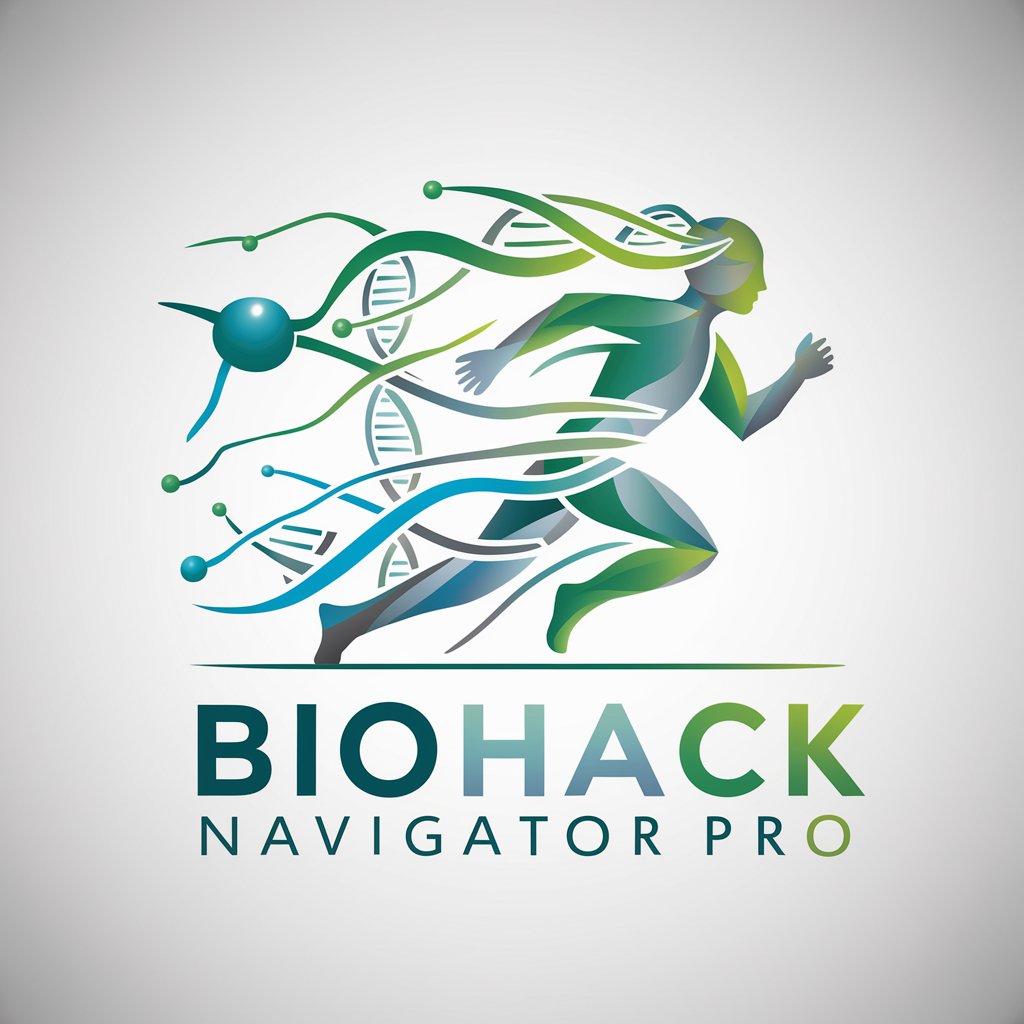
🎄✂️ Festive Craft Coach Bot 🎨🎁
Craft your holiday spirit with AI.

🎉 FestiveCard Crafter Pro 💌
Craft Unique Cards with AI Power

🎄 Evergreen Caretaker Assistant 🌟
AI-powered Christmas Tree Caretaker

🎓 Student Engagement Analyzer GPT 📊
AI-powered insights into student engagement

Frequently Asked Questions about Data Insight Navigator GPT
What types of data can Data Insight Navigator GPT analyze?
This tool is capable of analyzing a wide range of data types, including numerical, categorical, and text data, across various formats like CSV, Excel, and SQL databases.
Can it help with predictive modeling?
Yes, it can guide users through creating predictive models by explaining machine learning algorithms suitable for their data and objectives, and even demonstrate how to implement these models using code.
Is it suitable for beginners in data analysis?
Absolutely, it offers explanations of statistical concepts, data cleaning methods, and analysis techniques in an accessible manner, making it a valuable resource for learners.
How does it assist in data visualization?
It can generate and suggest appropriate visualizations for your data, provide code snippets for creating graphs and charts, and offer advice on best practices for data presentation.
What makes it different from other data analysis tools?
Its integration of AI for natural language processing allows users to interact with their data in conversational English, making complex data analysis more accessible and intuitive.

